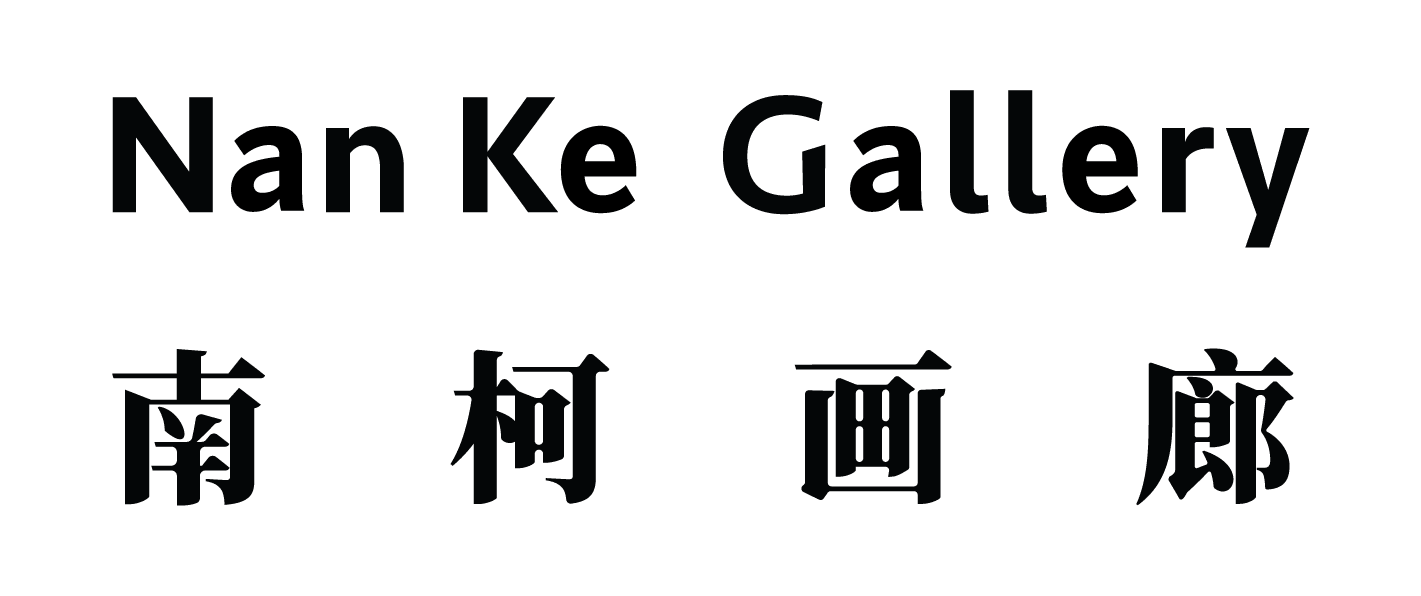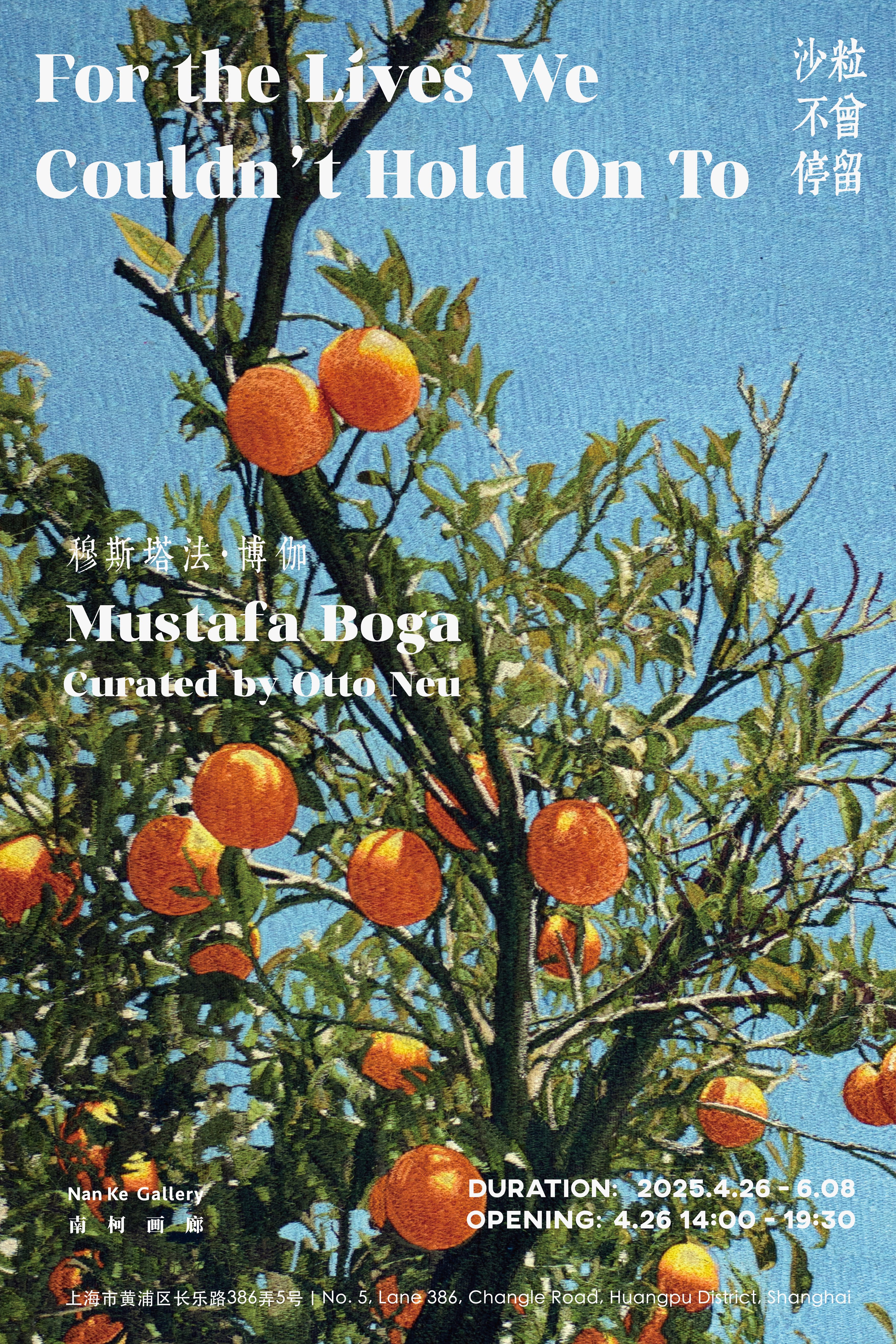
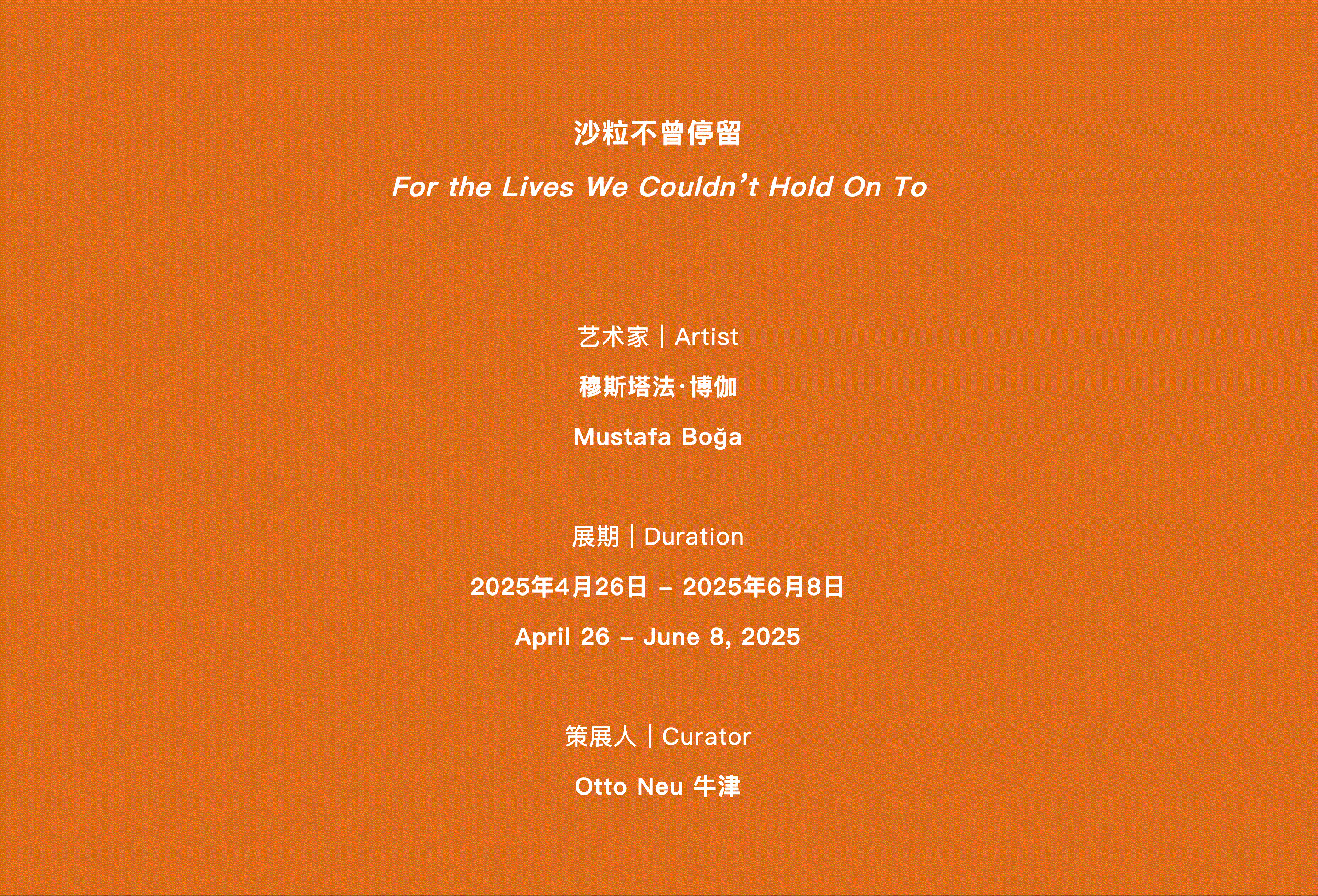
In his solo exhibition "For the Lives We Couldn't Hold On To" at Nan Ke Gallery, Mustafa Boğa uses needle and thread as his brush, weaving an epic of memory, loss, and resilience. The exhibition’s title itself is a poetic paradox—those "lives we couldn’t hold on to" are precisely the ones selected, preserved, and eternally crystallized. Mustafa’s practice spans embroidery, video, installation, and performance, transforming personal family history and the regional culture of southern Turkey into an archaeology of collective memory.
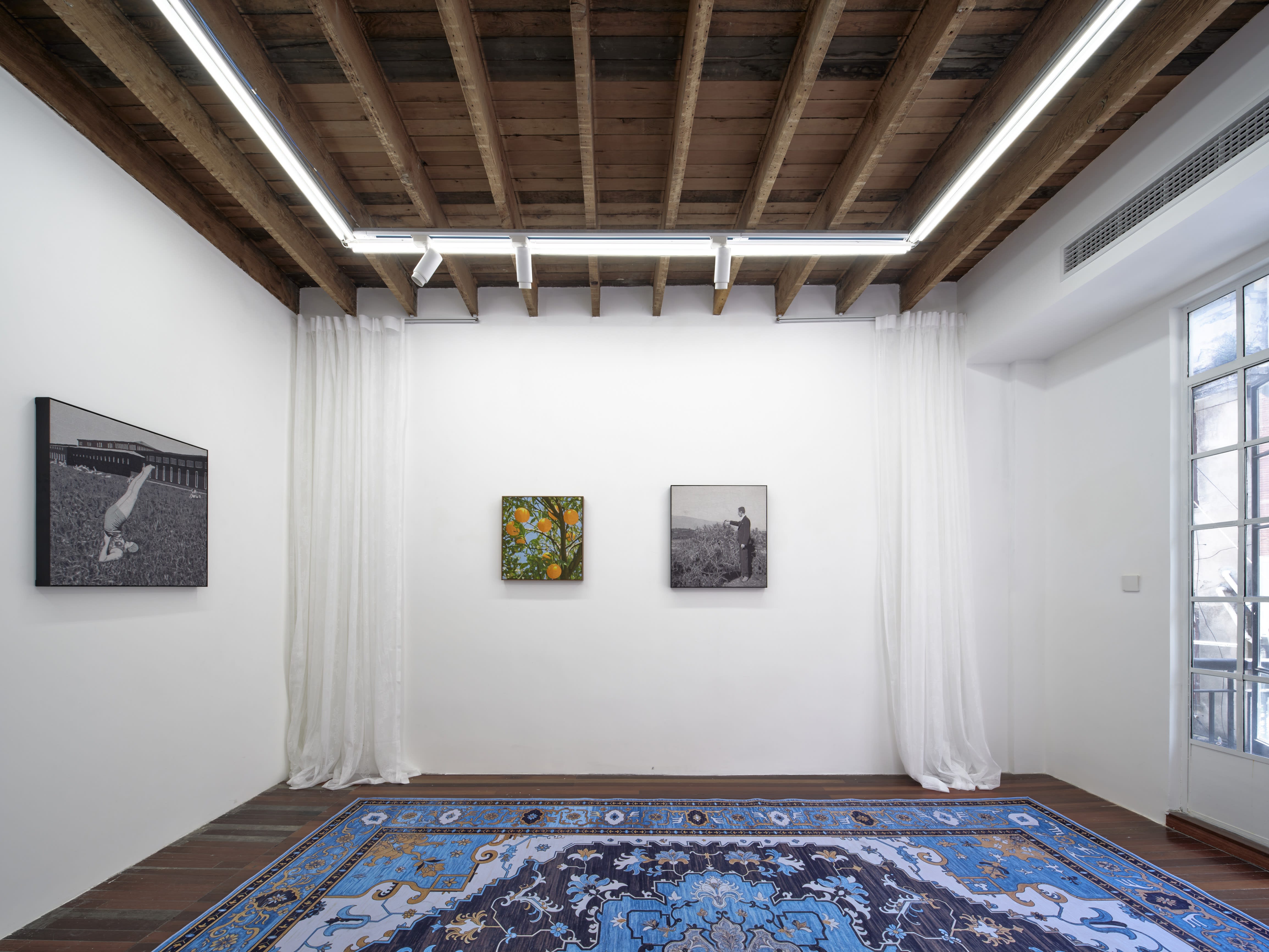
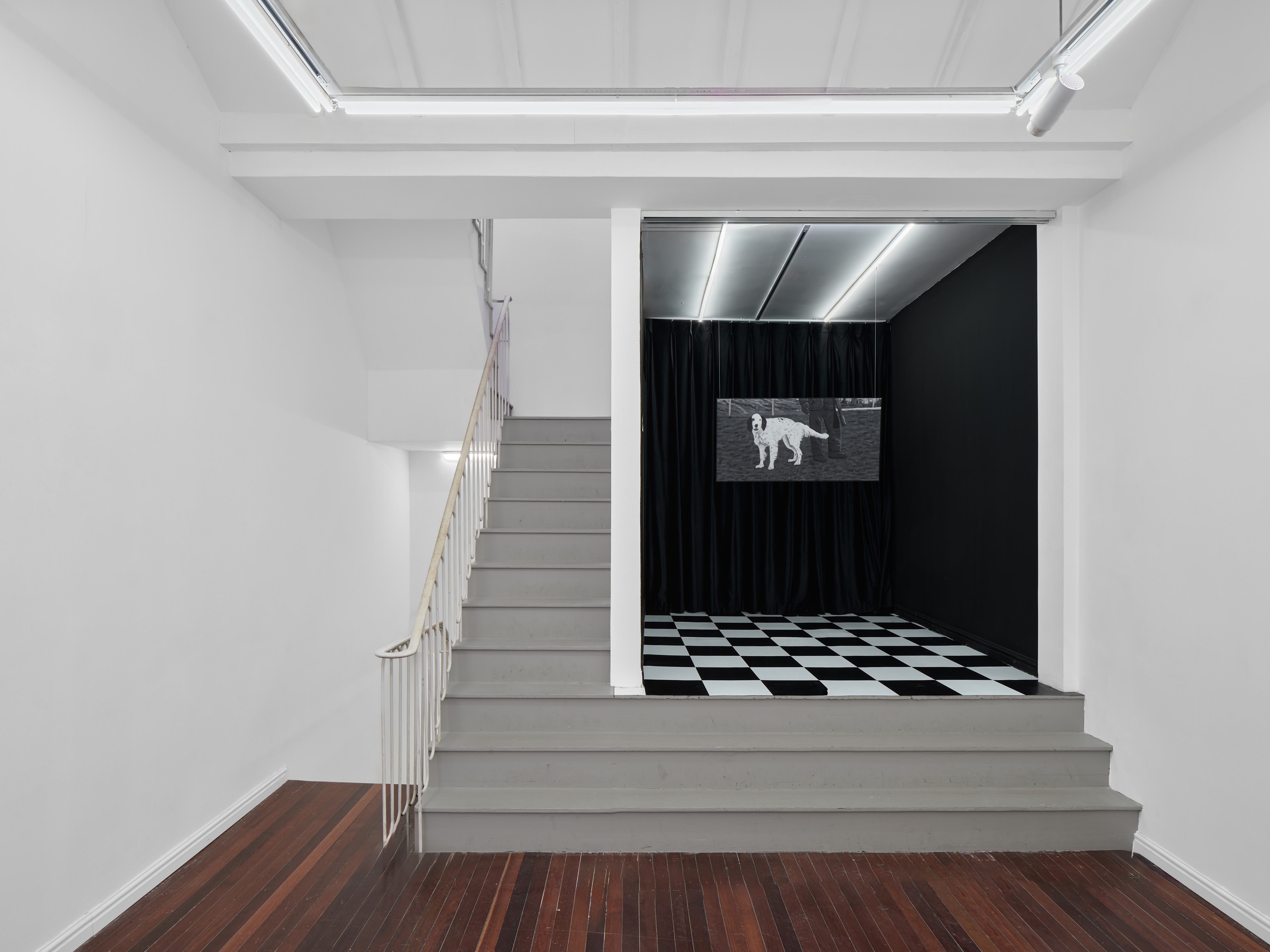
Installation view of For the Lives We Couldn't Hold On To, April 26, 2025 - June 8, 2025, Nan Ke Gallery, Shanghai © Courtesy of Nan Ke Gallery, Photographed by Runxin.
Embroidery as an Archive of Resistance
The exhibition opens with a series of monochromatic embroideries, such as the submerged legs in "In the Lake" or the blurred yet vivid cheek in "Rider," conveying complex emotional depth through a visual language that is simple, raw, and tender. Mustafa infuses the traditional craft of embroidery with a journalist’s documentary instinct and a filmmaker’s narrative sensitivity, turning it into a "weapon against forgetting." The stitches are not mere ornamentation but metaphors for scars—each puncture mends the fractures torn open by time. These works echo Walter Benjamin’s reflections on photography: while official history fixates on grand narratives, the artist’s task is to salvage the "traces of the overlooked ordinary."
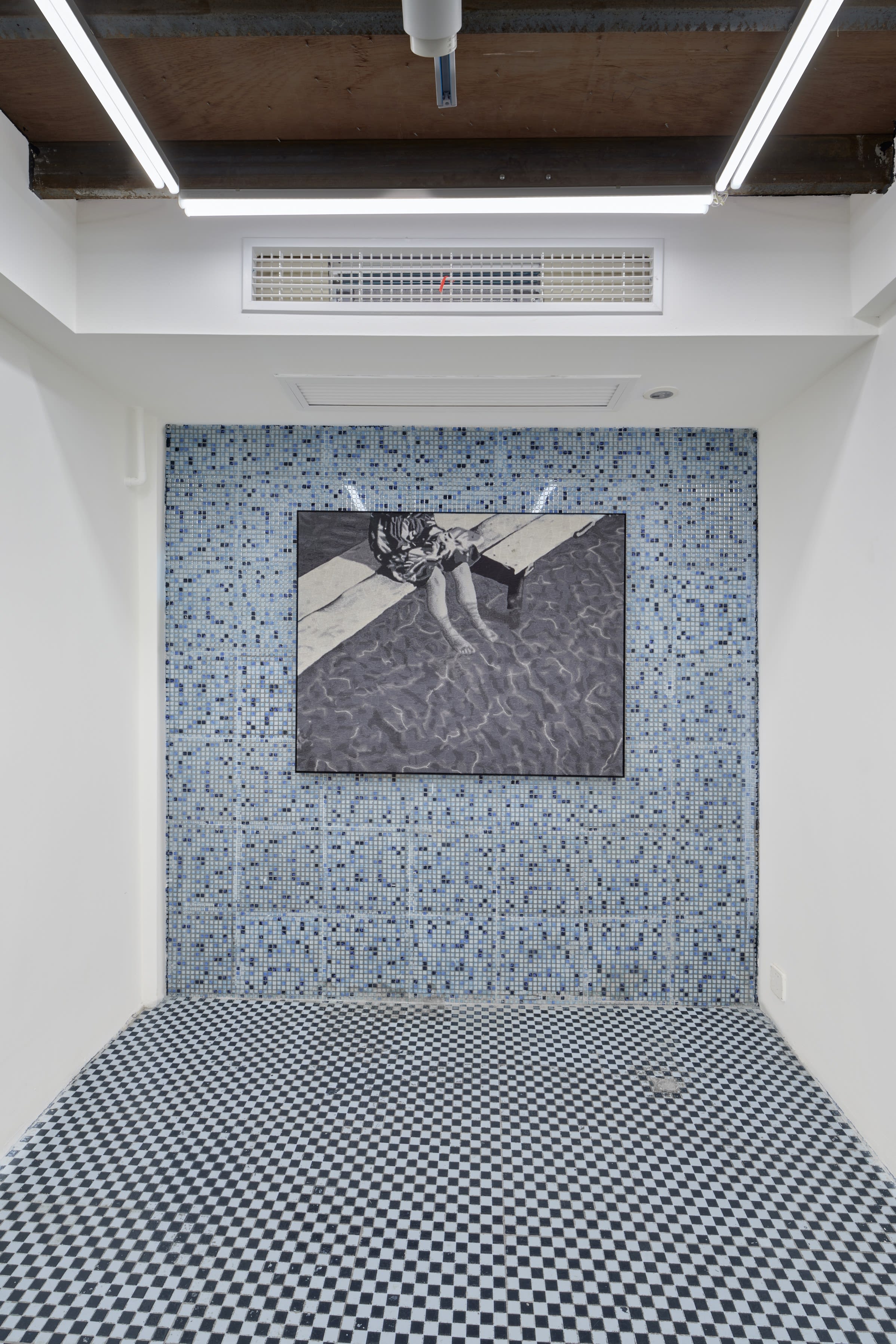
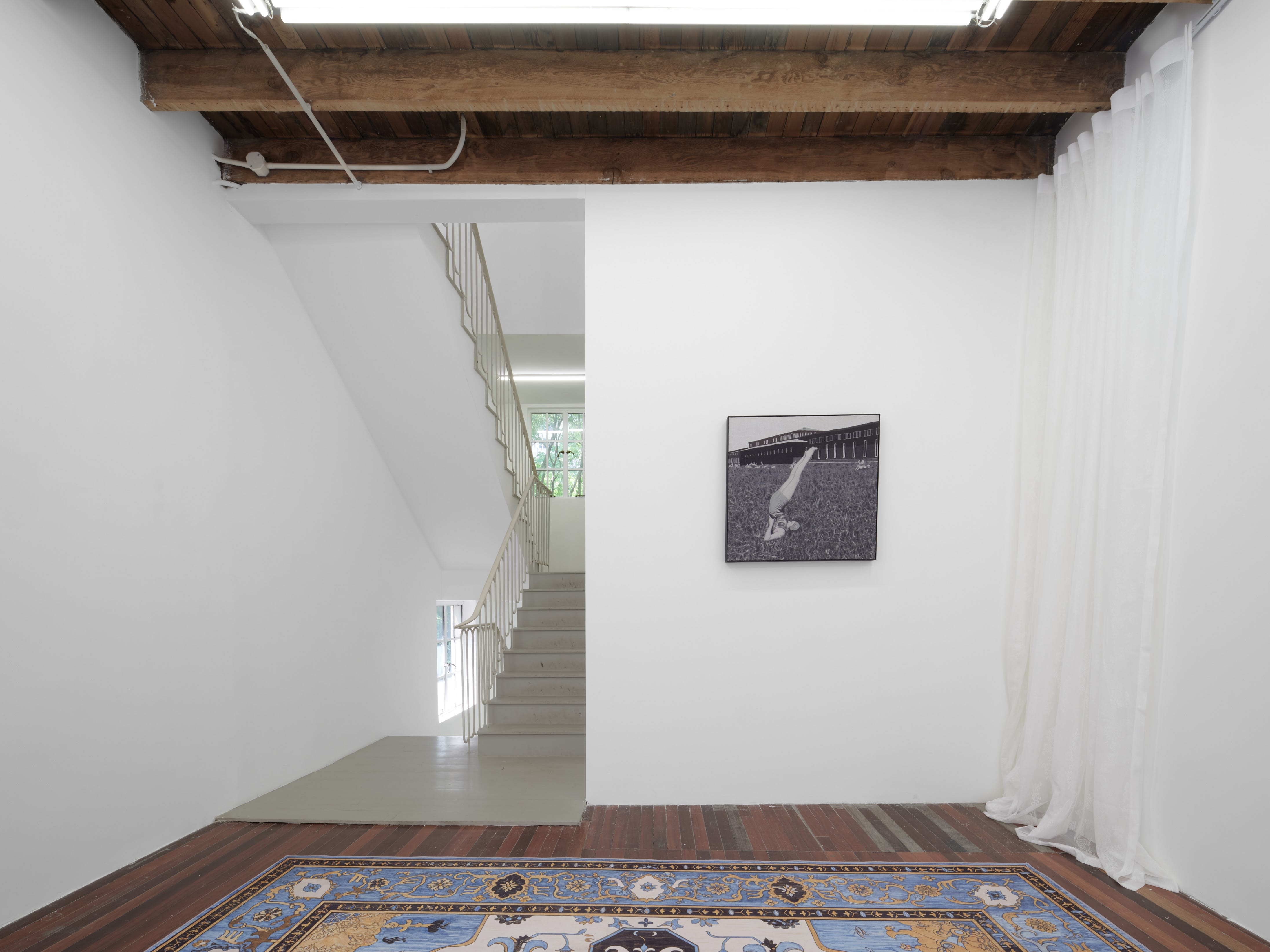
Installation view of For the Lives We Couldn't Hold On To, April 26, 2025 - June 8, 2025, Nan Ke Gallery, Shanghai © Courtesy of Nan Ke Gallery, Photographed by Runxin.
Orange Tree, Roots of Culture
The "Orange Tree" series forms the poetic core of the exhibition. In the soil of Adana, the orange tree is both an anchor of agricultural economy and a vessel of cultural DNA. Mustafa maps the tree’s life cycle (blossoming-fruiting-withering-rebirth) onto the fluidity of migration, diaspora, and identity. The embroidered oranges are deliberately stripped of specific context, functioning as intimate symbols of personal childhood while also becoming blank canvases for viewers to project their own memories. This strategy of "anonymization" deftly deconstructs the power dynamics of archival art—whose memories are deemed worth preserving? In Mustafa’s work, private narratives and collective echoes continuously shift. Through the motif of the orange tree, a resonance transcending regional boundaries is awakened.
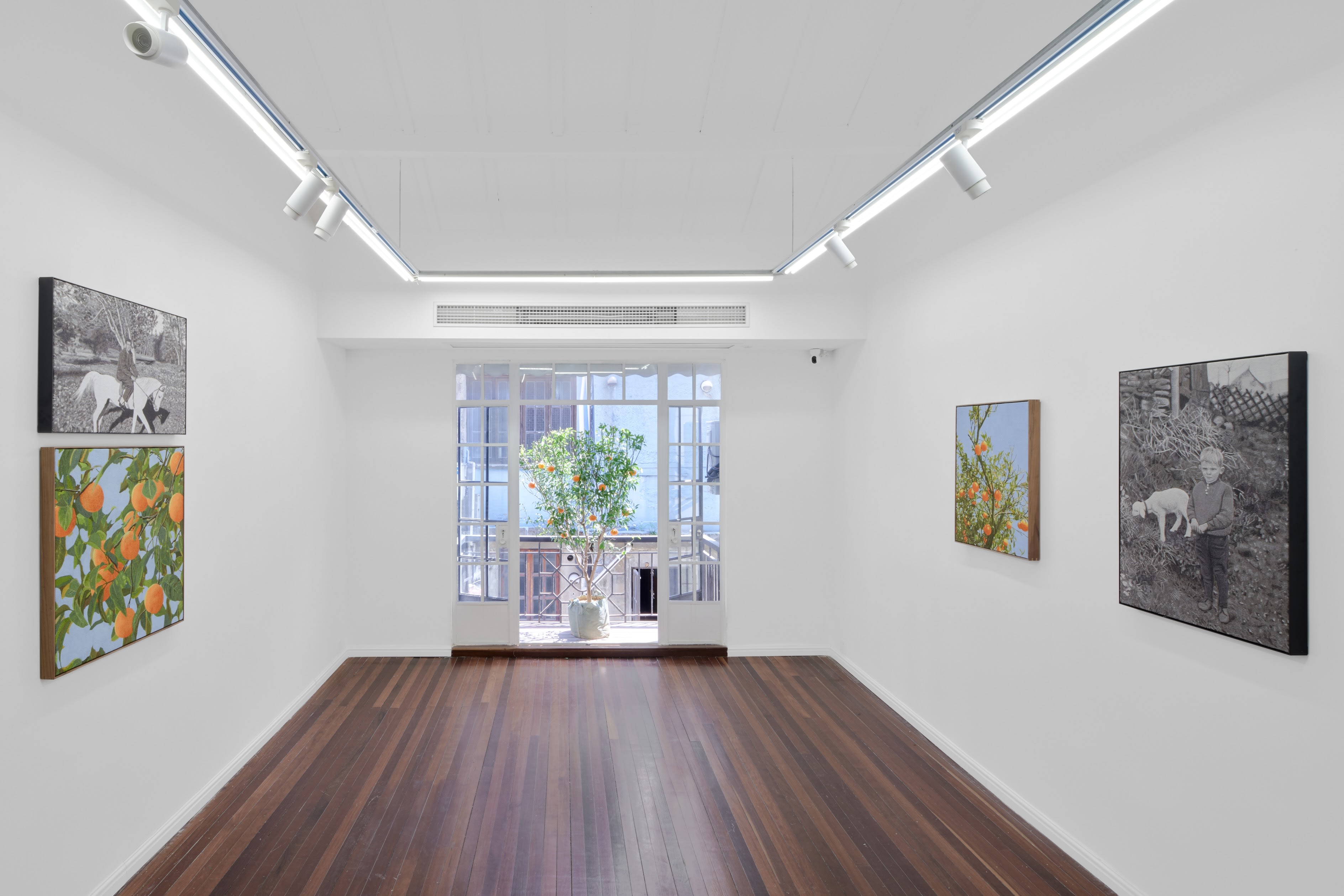
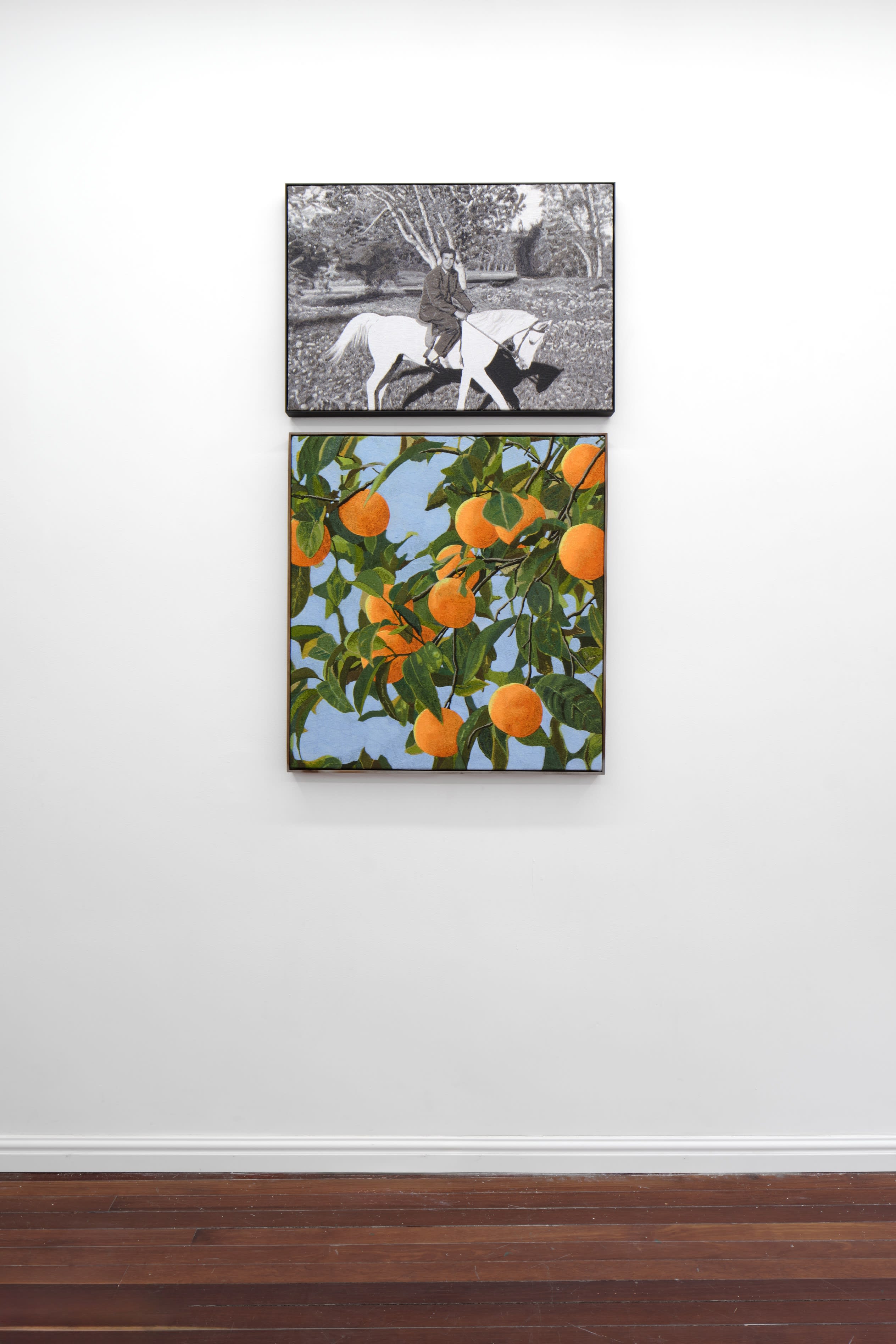
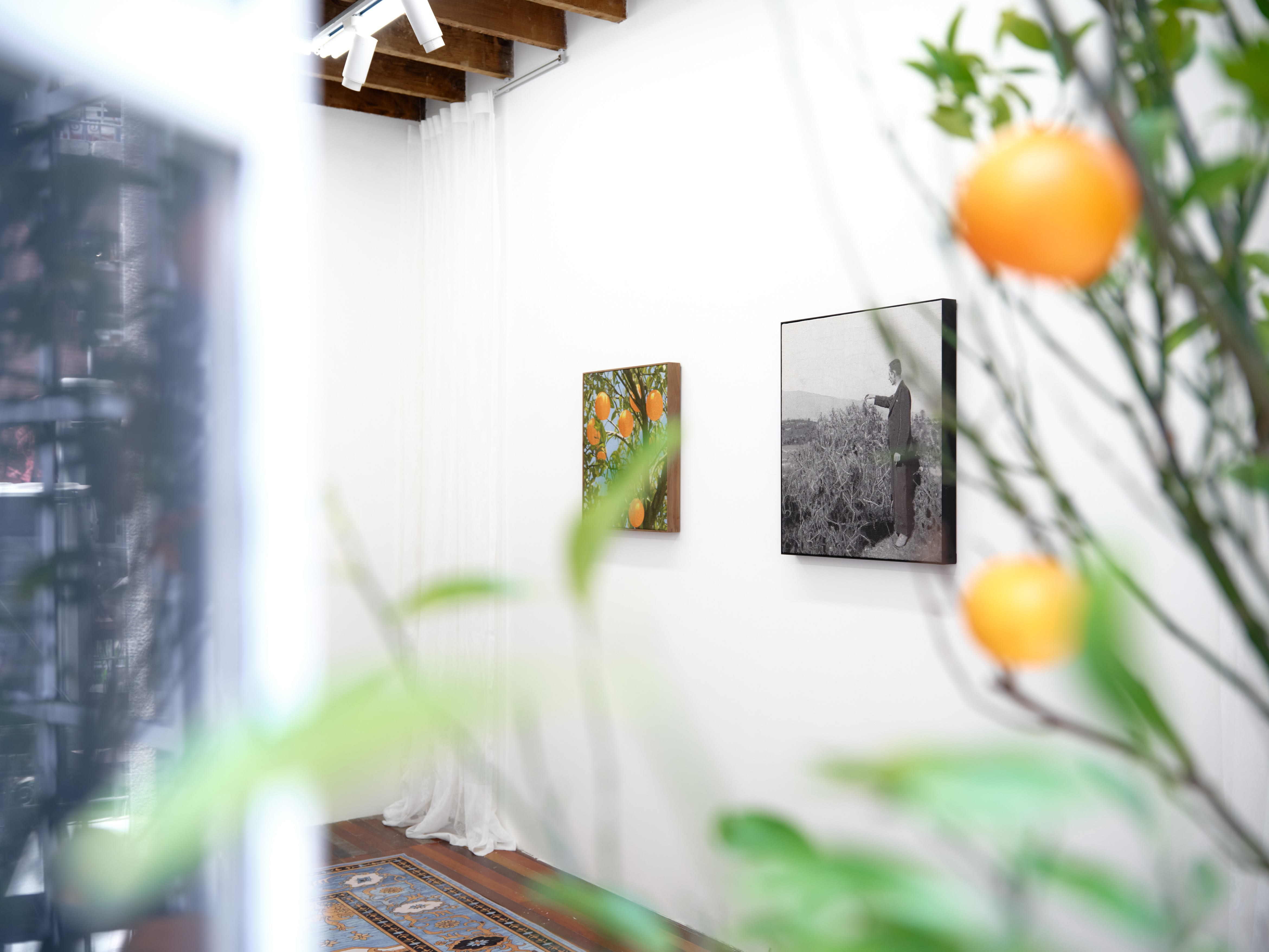
Installation view of For the Lives We Couldn't Hold On To, April 26, 2025 - June 8, 2025, Nan Ke Gallery, Shanghai © Courtesy of Nan Ke Gallery, Photographed by Runxin.
Ritual as the Fold of Time
The multi-channel video installation "Because Ours Could be the Beginning of a Beautiful Fairy Tale Dreamed of for Years" unfolds in a darkened room, layering fragmented, overlapping narratives into evocative vignettes. The artist reassembles three decades of family wedding footage into a surreal ritual theater. The bride’s trembling fingers, the swirl of a dancing skirt, the moment of exchanging gifts—these images are both homages to tradition and subversions of linear historical storytelling. Mustafa is less interested in "definitive origins" than in "obscure traces." Time in these works is like the wind of Çukurova Plain, carrying the breaths of generations to solidify in the present.
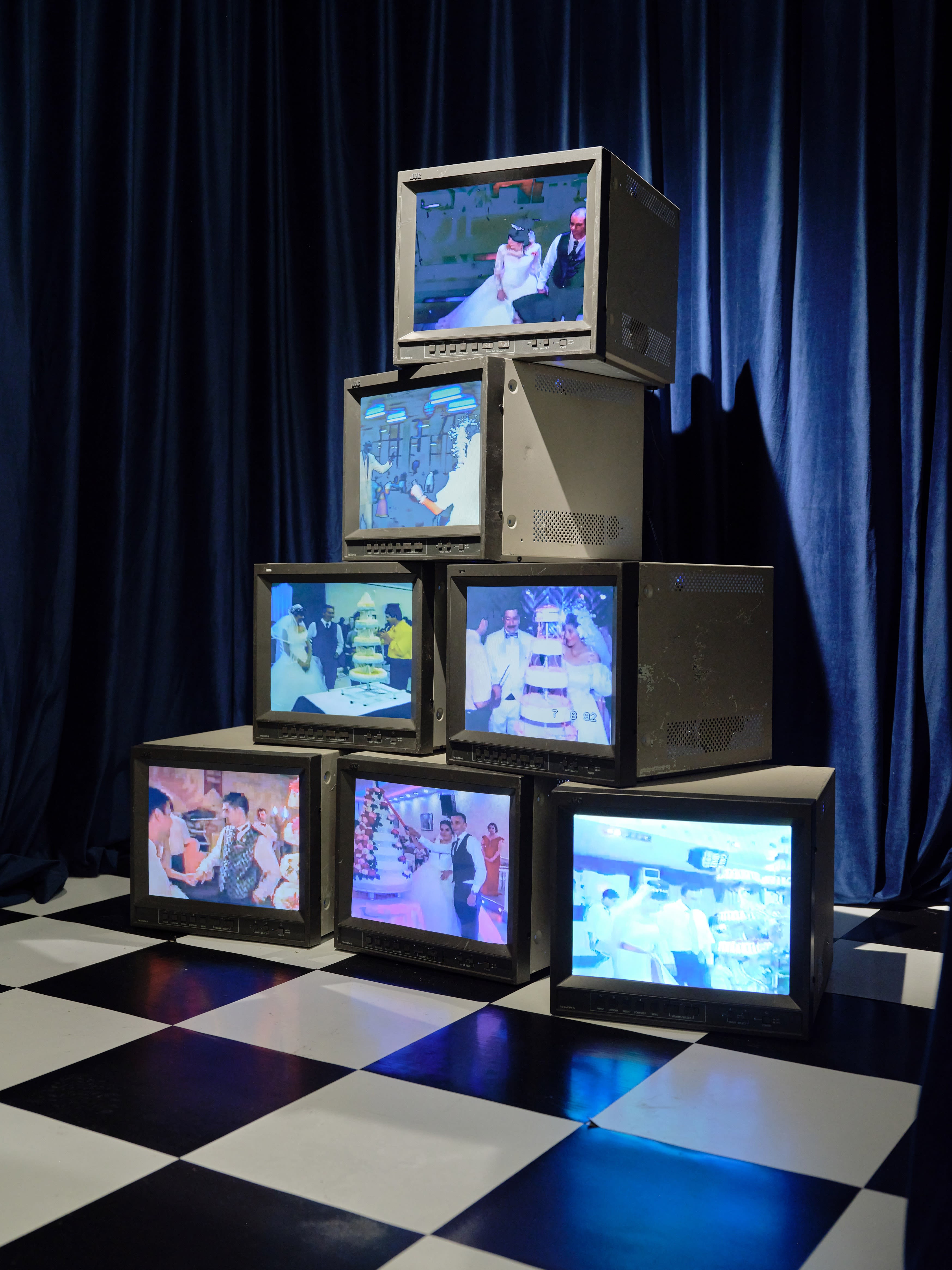
Installation view of For the Lives We Couldn't Hold On To, April 26, 2025 - June 8, 2025, Nan Ke Gallery, Shanghai © Courtesy of Nan Ke Gallery, Photographed by Runxin.
The Democratization of Memory
Throughout the exhibition, recurring black-and-white embroideries transcend nostalgia, constructing a reconciliation unique to emotion itself—where destruction and joy, absence and presence, achieve delicate equilibrium. Mustafa deliberately avoids color, compelling viewers to focus on the purity of form, on the act of documentation. This choice mirrors the exhibition’s central thesis: when memory itself is heavy enough, any embellishment is superfluous. The shifting threads reveal the essence of old photographs, inviting the audience to read both the image and the artist’s intervention upon it.
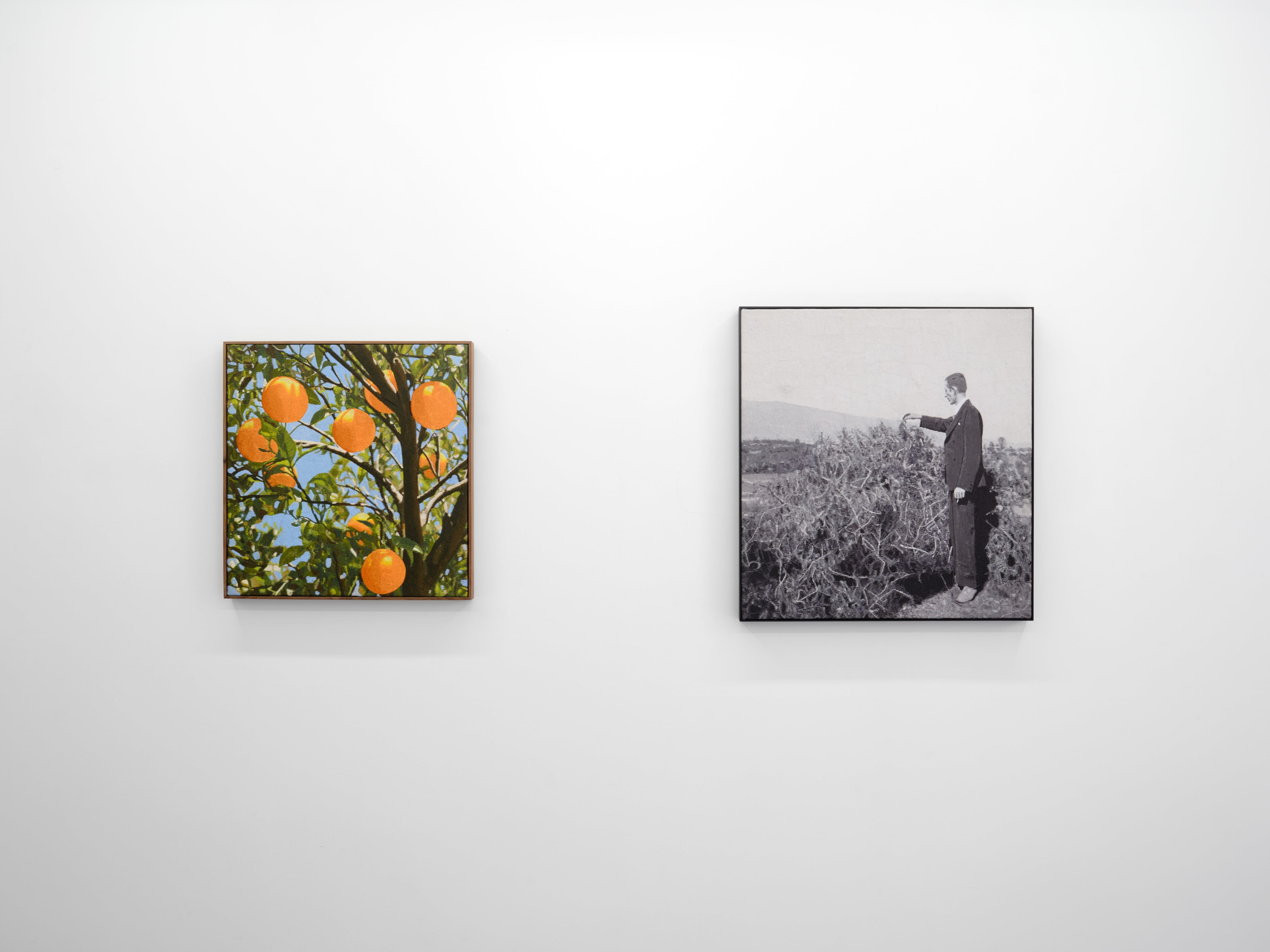
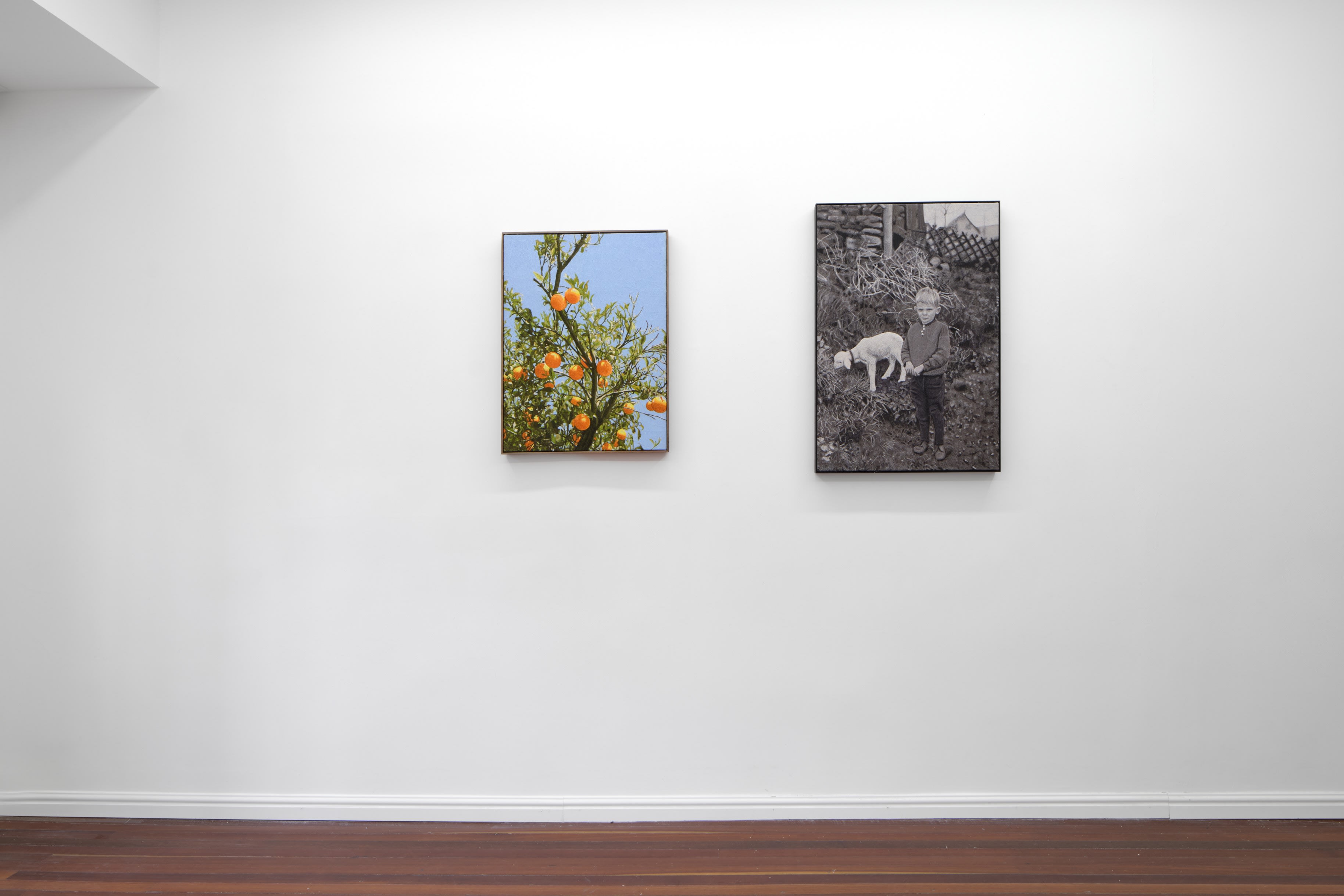
Installation view of For the Lives We Couldn't Hold On To, April 26, 2025 - June 8, 2025, Nan Ke Gallery, Shanghai © Courtesy of Nan Ke Gallery, Photographed by Runxin.
For Mustafa, embroidery is not mere image reproduction but a manifesto on the politics of touch. In an era drowning in digital imagery, he deliberately chooses the laborious process—each puncture, each twist of thread, is a defiance of "instantaneity." The materiality of embroidery is pushed to its limits here: the sheen of silk mirrors memory’s chiaroscuro, knotted threads become unhealed wounds, and the texture of fabric hints at the folds of historical narrative. This approach resonates with the video installations, where the virtuality of pixels and the tactility of thread pull against each other, only to reconcile in the act of gazing.
Mustafa Boğa’s work persistently asks: In the "merciless desert" of time, how can a grain of sand become a monument?" For the Lives We Couldn't Hold On To" offers a moving answer—by transforming the everyday into ritual, elevating personal wounds into collective healing. As viewers exit the gallery, they may recall the line by Nazım Hikmet quoted at the entrance: "Life is no joke / You must live it with the seriousness of a squirrel." Mustafa’s art is proof of such "serious living": in the long river of history, those lives marginalized by power structures finally reclaim dignity and immortality in the realm of art.
May 21, 2025
